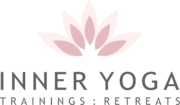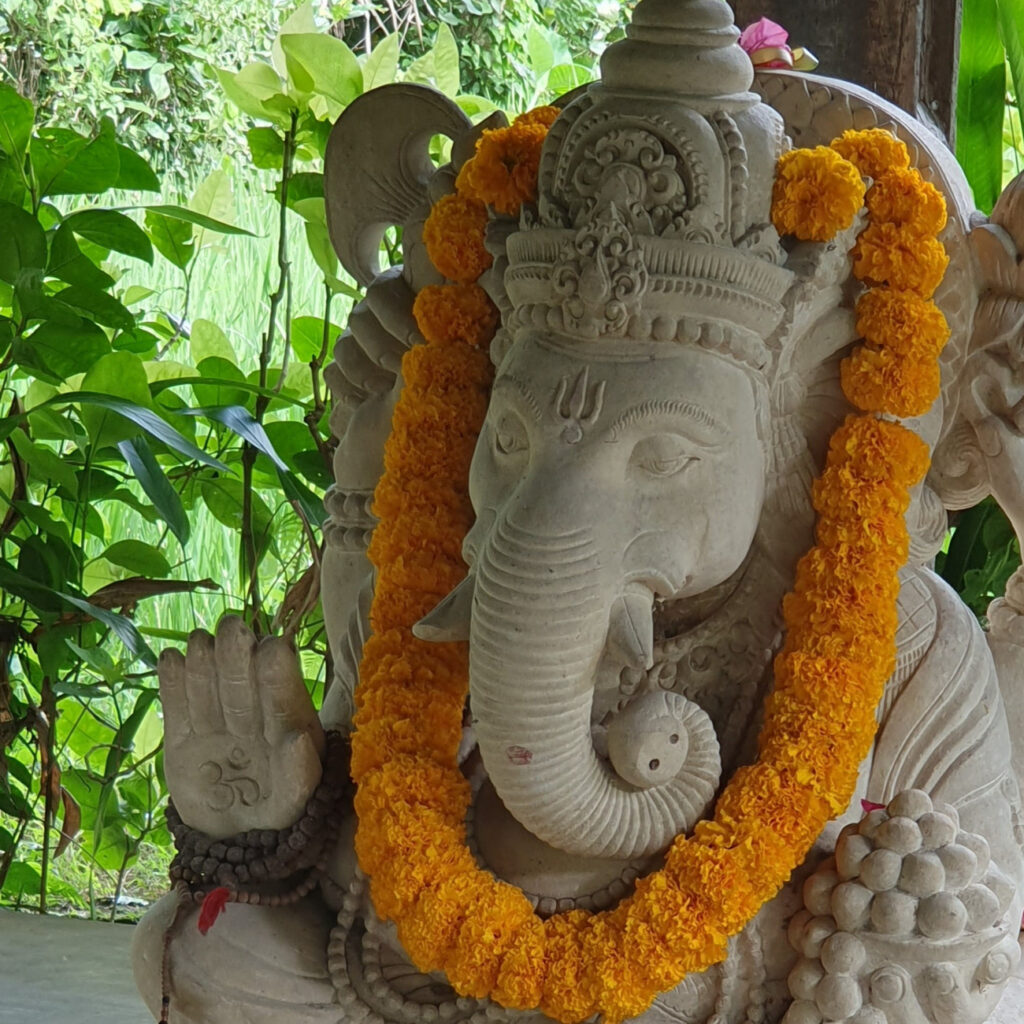Patanjali was a great sage who systemized and organized the study and teachings of yoga. He was not the first teacher of yoga, nor is he considered to be the originator of yoga science. But Patanjali was the one who developed a code for yoga science.
These eight steps act as guidelines on how to live a meaningful and purposeful life. They serve as a prescription for moral and ethical conduct and self-discipline; they direct attention toward one’s health and they help us to acknowledge the spiritual aspects of our nature. It is believed that by following this path we can work towards obtaining samadhi or union with the divine.
Understanding The Eight Limbs of Yoga with Inner Yoga Teacher Training in Bali
Patanjali was a great sage who systemized and organized the study and teachings of yoga. He was not the first teacher of yoga, nor is he considered to be the originator of yoga science. But Patanjali was the one who developed a code for yoga science. His approach is very practical as he was a scientist and great philosopher who understood life. Patanjali organized the study of the internal human states into one hundred and ninety-six sutras.
The word sutra means “a string”, and the yoga sutras are connected with each other; one flows to the next.
Within the Yoga Sutras we come to what is known as “The Eight Limbs of Patanjali” or ashtanga yoga (ashta = eight, anga = limb). These eight steps act as guidelines on how to live a meaningful and purposeful life. They serve as a prescription for moral and ethical conduct and self-discipline; they direct attention toward one’s health and they help us to acknowledge the spiritual aspects of our nature. It is believed that by following this path we can work towards obtaining samadhi or union with the divine.
Despite being thousands of years old, the sutras still have relevance today and the Inner Yoga teacher training in Bali uses them as a guide for their 200 hour vinyasa and yin yoga certification course. The 8 Limbs of Yoga act as a moral and philosophical direction for both the Inner Yoga Training teachers in terms of how they conduct themselves and the yin yoga teacher training; and they guide the overall philosophy of Inner Yoga Training as a Yoga Alliance Certified School.
While they may appear simple, each sutra carries a deep meaning. But we want to keep things simple for the purposes of this article, and if you decide to join our 200 hour vinyasa and yin yoga teacher training in Bali, you will look at them on a much deeper level.
The 8 Steps can be broken down into two parts – the outer aspects of yoga and the inner aspects of yoga. The first four steps, yama; niyama; asana and pranayama cover the outer aspects with instructions on correct living, caring for the body and enhancing your vital energy. Yama and niyama give us guidance on right behavior with values such as non-violence, truthfulness, cleanliness and being content. Asana is a way to make our body flexible, open and strong that allows for the flow of vital energy which is developed through pranayama.
- Yama
Ahimsa = non-violence in a physical or verbal form, to ourselves, others and animals. In other words, being kind to all.
Satya = non-lying, being truthful to your nature. Not deceiving yourself or others. Holding what’s true for you so you don’t lie to yourself or others. This can sometimes be complex when you consider this sutra in relationship to Ahimsa.
Ssteya = non-stealing or coveting. Being content and accepting. It doesn’t mean that you can’t have goals or desire thing or outcomes, but it means not having envy towards others or taking away from anyone else. Everyone has their own journey and we are all on different stages of it.
Brahmacharya = moderation in all things of body, mind and speech. Not seeking excess and indulgence.
Aparigraha = non-attachment to possessions, people or situations. Living in the moment. The past has gone, we can’t change it. The future is not yet here so we can’t live there. We only have the present moment. Allowing whatever is in the present to happen without trying to change it or cling to a situation, circumstance or thing that we had n the past or desire in the future.
- Niyama
Shaucha = purity in and out, positive thoughts and actions. Being mindful of what you are absorbing through your food, thoughts, people you surround yourself with and what media you consume. All of these things affect our inner states.
Santosha = contentment, gratitude, tranquility. Trying to stay balanced no matter what is happening.
Tapas = self-discipline, fiery cleansing, negativity, lethargy and ignorance. Staying on your path, not deviating and having the discipline to follow it.
Svadhyaya = self-study. Continuing to evolve and look at yourself, your behaviors and your actions.
Isvara pranidhnana = devotion to the Universe, seeing divine in all things. A sense of understanding that we are part of something bigger than ourselves.
- Asana – Postures
Through the opening of the body as a result of physical practice, you can break through emotional and psychological blocks and your conditioned thoughts and behaviors; many of wish we develop in childhood. The combination of vinyasa and yin yoga used by Inner Yoga Training’s yoga certification course, is perfect for this. Vinyasa yoga opens the body and allows energy to flow through and the stillness of yin yoga allows you to explore your inner thoughts, emotions and mental blocks.
- Pranayama – Controlling the Life Force (Prana)
Pranayama is a Sanskrit word alternatively translated as “extension of the prana (breath or life force)” or “breath control.” The word is composed from two Sanskrit words: prana meaning life force, and either ayama (to restrain or control the prana, implying a set of breathing techniques where the breath is intentionally altered in order to develop our vital energy). The significance of the breath cannot be underestimated as without breath there is no life. Through the practice of controlling, observing and extending the breath, you can free the conditioned mind from its restless analysis and thoughts. Pranayama is the connection between the body and the mind. Pranayama practice also strengthens the respiratory system, soothes the nerves and reduces cravings.
- Pratyahara – Withdrawal of the Senses
Pratyahara is derived from two Sanskrit words: prati and ahara, with ahara meaning food, or anything taken into ourselves, and prati, a preposition meaning away or against. Together they mean “weaning away from ahara”. This limb acts as the connection between the outer and inner aspects of yoga. It is the start of meditation. Pratyahara asks the yogi to disengage their mind from any external disturbances and control any reaction to stimuli. The five senses will still respond to external stimulation in this phase but in a way that it won’t disrupt your inner state of mind.
- Dharana- – Concentration
Dharana- may be translated as holding, holding steady, concentration or single focus. The prior limb pratyahara involves withdrawing the senses from external phenomena. Dharana builds further upon this by refining it further to ekagrata or ekagra chitta, that is single-pointed concentration and focus. Dharana is the initial step of deep concentrative meditation, where the object being focused upon is held in the mind without consciousness wavering from it.
- Dhyana – Meditation
Rather than contemplating on a single thing (ekagrata) one focuses on nothing. The mind is blank – a no mind. It is beyond words. One just is, and the rational, logical, linear mind and its conditioned thoughts are at rest. The Universal, like your breath, moves in and out of you. There is no analysis, no judgement, no comparison. It just is.
- Samadhi – the Altered identification of the seer
Samadhi is the highest state of mental concentration that a person can achieve while still being in the physical body. It unites one with the highest reality. Samadhi is a state of profound and utterly absorptive contemplation of the Absolute that is undisturbed by desire, anger or any other ego generated thought or emotion. It is a state of joyful calm in which one maintains one’s full mental alertness and acuity. The power to attain samadhi is a precondition of attaining release from the cycle of death and rebirth (samsara)
Interested in digging deeper into the Eight Limbs of Yoga? Join one of our upcoming 200 hour vinyasa and yin yoga teacher training courses to immerse yourself in the ancient wisdom of yoga and meditation that is still relevant for today’s lifestyle. We will help you to become the best yoga teacher with a strong foundation of practices and principles.

